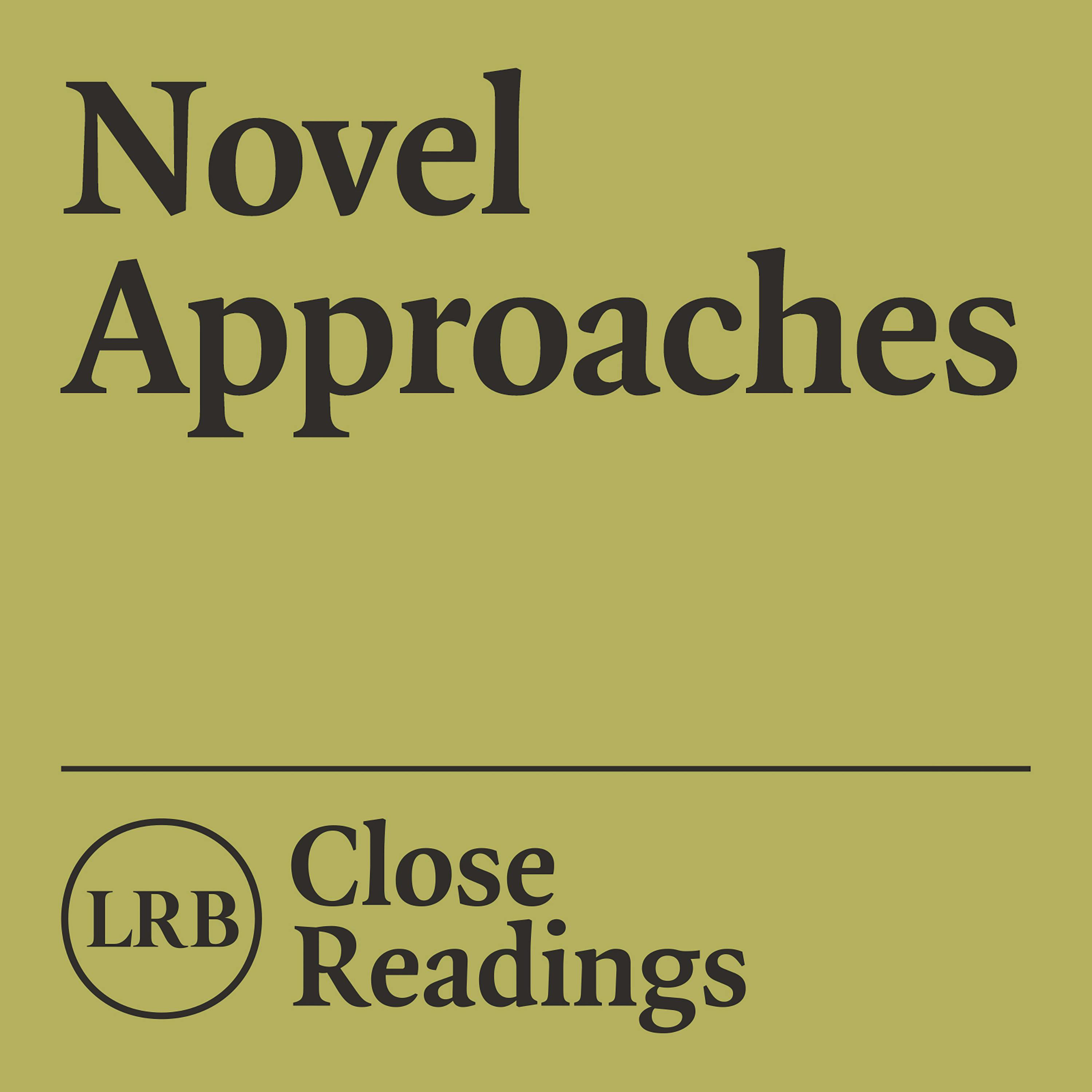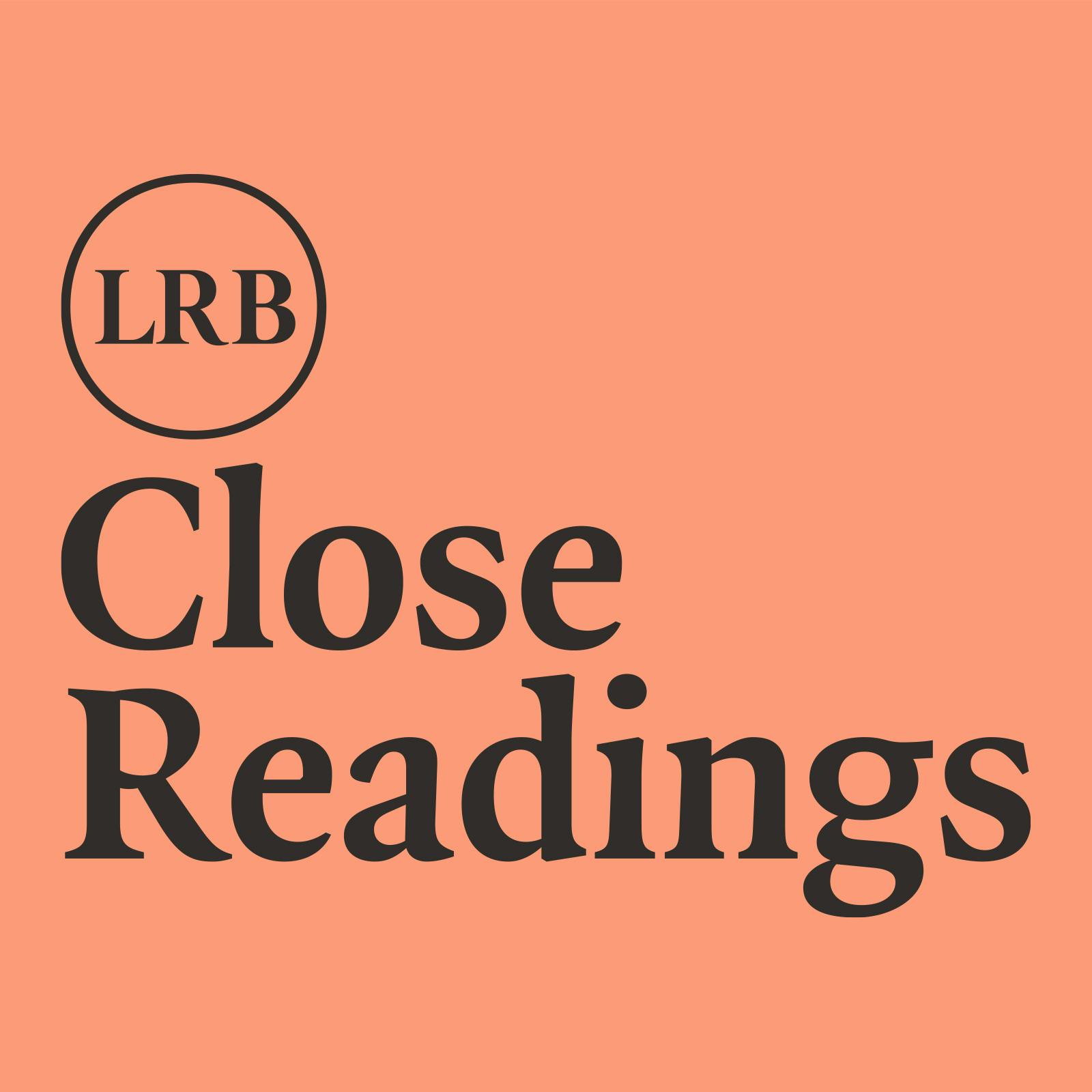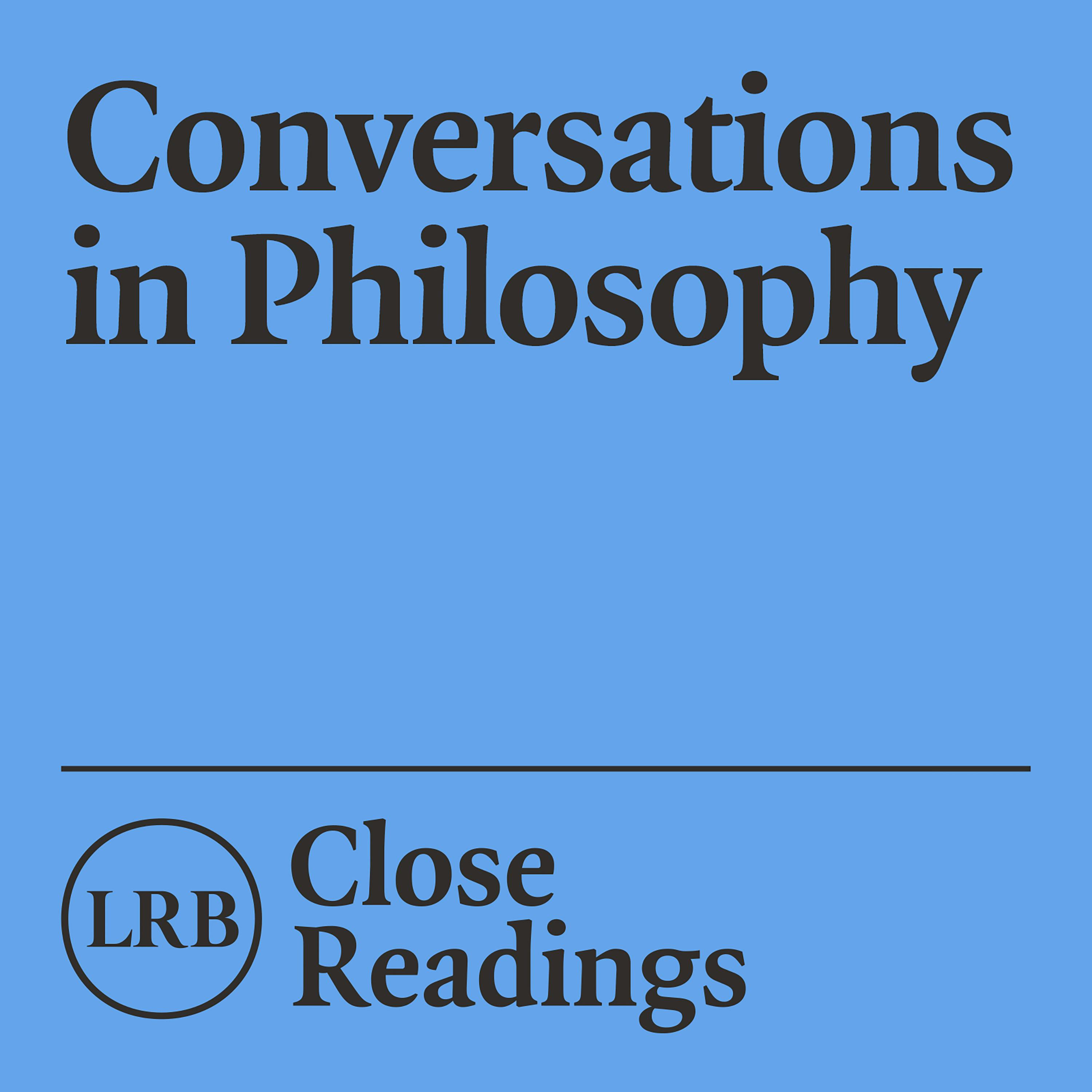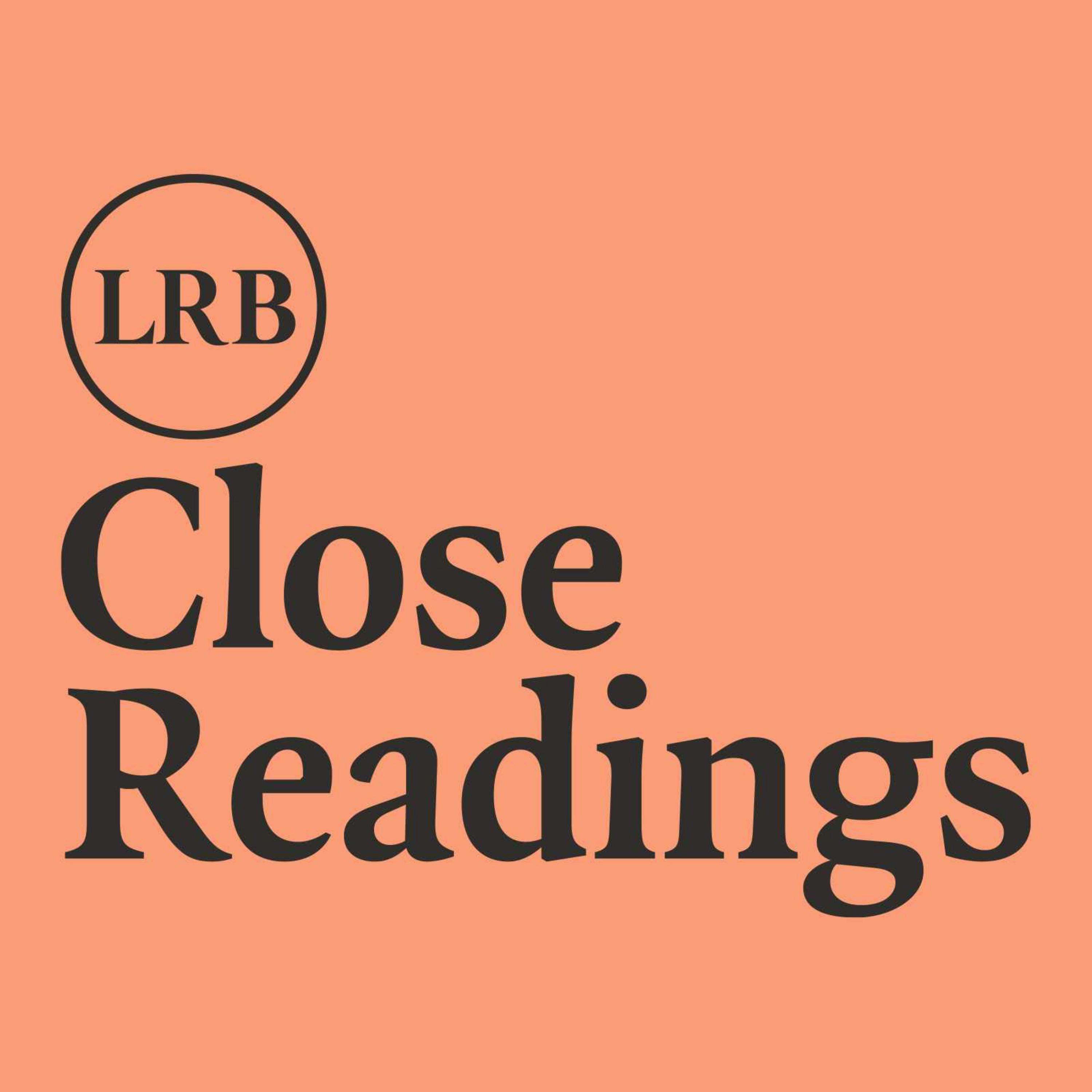Latest Episodes
Most Recent
LRB Audio
Podcasts and audiobooks from the London Review of Books.
A multi-series podcast subscription exploring different themes and periods of literature through selections of key works.
Discover the LRB’s new audiobook collections.
Our six-part series hosted by Andrew O'Hagan: listen to the full series with bonus material, including extended and additional interviews and clips.
More Episodes
In The Portrait of a Lady, Henry James borrows from Eliot, Austen, folktales and potboilers, but ‘the thing that he took from nowhere was Isabel Archer’. James transformed the 19th-century novel throu...
· 13 min 53 sec
Jay Bernard’s 'Surge' and Kei Miller’s 'In Nearby Bushes', both published in 2019, address acts of violence whose victims were not directly known to the writers: in Surge, the deaths of thirteen Black...
· 15 min 22 sec
Jay Bernard’s 'Surge' and Kei Miller’s 'In Nearby Bushes', both published in 2019, address acts of violence whose victims were not directly known to the writers: in Surge, the deaths of thirteen Black...
· 16 min 7 sec
Leonora Carrington was a prodigious artist closely associated with major surrealists of the 1930s. Though only sporadically in print until recently, her writing has helped cement her cult status, not...
· 16 min 31 sec
Leonora Carrington was a prodigious artist closely associated with major surrealists of the 1930s. Though only sporadically in print until recently, her writing has helped cement her cult status, not...
· 15 min 46 sec
At the heart of human existence is a tragic ambiguity: the fact that we experience ourselves both as subject and object, internal and external, at the same time, and can never fully inhabit either sta...
· 14 min 59 sec
At the heart of human existence is a tragic ambiguity: the fact that we experience ourselves both as subject and object, internal and external, at the same time, and can never fully inhabit either sta...
· 15 min 44 sec
Trollope enthusiasts Tom Crewe and Dinah Birch say they could have chosen any one of his 47 novels for this episode, so it’s no wonder Elizabeth Bowen called him ‘the most sheerly able of the Victoria...
· 17 min 7 sec
Trollope enthusiasts Tom Crewe and Dinah Birch say they could have chosen any one of his 47 novels for this episode, so it’s no wonder Elizabeth Bowen called him ‘the most sheerly able of the Victoria...
· 16 min 22 sec
Without Emma Gifford, we might never have heard of Thomas Hardy. Hardy’s first wife was instrumental in his decision to abandon architecture for a writing career, and a direct influence – possibly col...
· 14 min 13 sec
Without Emma Gifford, we might never have heard of Thomas Hardy. Hardy’s first wife was instrumental in his decision to abandon architecture for a writing career, and a direct influence – possibly col...
· 13 min 28 sec
Jorge Luis Borges was a librarian with rock star status, a stimulus for magical realism who was not a magical realist, and a wholly original writer who catalogued and defined his own precursors. It’s...
· 13 min 55 sec
Jorge Luis Borges was a librarian with rock star status, a stimulus for magical realism who was not a magical realist, and a wholly original writer who catalogued and defined his own precursors. It’s...
· 13 min 16 sec
What is an emotion? In his Sketch for a Theory of the Emotions (1939), Sartre picks up what William James, Martin Heidegger and others had written about this question to suggest what he believed to be...
· 16 min 7 sec
What is an emotion? In his 'Sketch for a Theory of the Emotions' (1939), Sartre picks up what William James, Martin Heidegger and others had written about this question to suggest what he believed to...
· 15 min 22 sec
'Our Mutual Friend' was Dickens’s last completed novel, published in serial form in 1864-65. The story begins with a body being dredged from the ooze and slime of the Thames, then opens out to follow...
· 18 min 12 sec
'Our Mutual Friend' was Dickens’s last completed novel, published in serial form in 1864-65. The story begins with a body being dredged from the ooze and slime of the Thames, then opens out to follow...
· 17 min 27 sec
Seamus and Mark look at four elegies written for family members, ranging from the romantic period to the 2010s, each of which avoids, deliberately or not, what Freud described as the work of mourning....
· 14 min 32 sec
Seamus and Mark look at four elegies written for family members, ranging from the romantic period to the 2010s, each of which avoids, deliberately or not, what Freud described as the work of mourning....
· 13 min 47 sec












